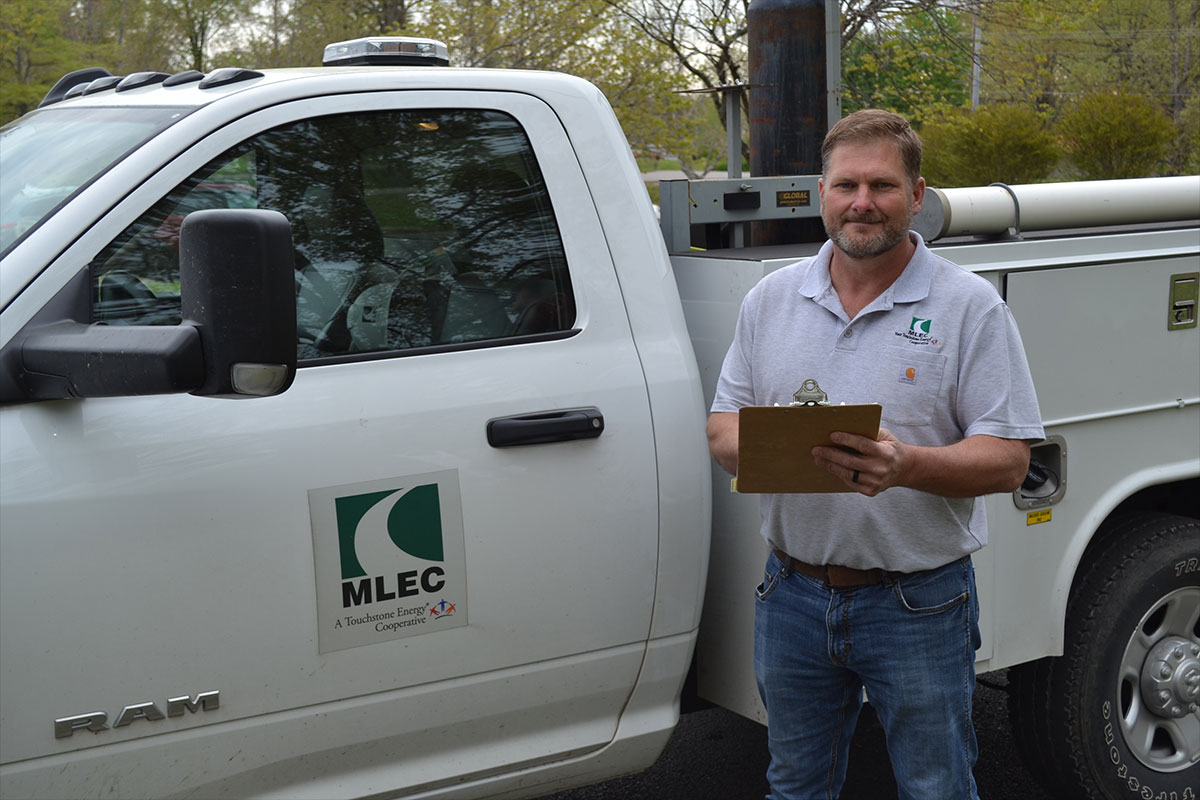Becoming A Member
MLEC is not-for profit and member-owned. When applying for service, please bring:
- Proof of property ownership, i.e. closing papers, deed, property tax documents, etc.
- If renting or leasing, a signed rental agreement from the property owner.
- To protect your privacy and identity, MLEC follows Federal Trade Commission Red Flag guidelines. When applying for service, you must bring a government issued photo ID (driver's license or passport) and your social security card, or a W2 with your number listed. (If filing a joint spouse membership application, both persons need to be present with required documents.) If applying for a business bring tax exempt/federal ID if applicable.
- Deposit may be required. Check with use for current fee schedule. (In lieu of a deposit, residential accounts may be eligible to provide a letter of credit from your previous electric utility or choose our pre-paid energy option.)
State of Tennessee Requirements
The state of Tennessee requires a temporary, rough-in, service release and final inspection and septic permit. Some or all these inspections may apply. To check and schedule these inspections, visit https://core.tn.gov.
For septic tank details check https://www.tn.gov/environment/permit-permits/water-permits1/septic-systems-permits/ssp/permit-water-septic-system-construction-permit.html.
Site Requirements Before Cost Sheet Is to Be Paid
- Member needs to obtain all easements for MLEC necessary from your property to the existing power line.
- Must have a 911 address.
- Member will need 40-foot right of way —Twenty (20) feet on each side of the line. Must be cleared for all new primary lines. This clearing and associated costs are the member's responsibility.
- Member will need to contact MLEC Engineering Technician two weeks prior to service release for final job cost sheet.
Other Notes
- All fees and charges must be paid**, easements obtained, electrical inspections approved, and right-of-way requirements met before any MLEC work will begin. **Credit card payments are strictly limited to a $1500 maximum.
- Due to demand, material availability, weather and other factors, it is not possible to estimate how long it will be before service is connected.
- Non-Residential power contracts, outlining service details, security deposit, minimum bill requirements, etc. may be created and execution required before service starts.
- Sub-Divisions & Mobile Home Parks require an acceptable plat or drawing for cost estimation. A blanket right-of-way easement must be obtained and submitted by the contractor/developer.
Residential Deposits and Partial Fee List: Deposit $275.00. Meter Fee $25.00. Membership $5.00
Prepay: Initial Start-up Payment $50.00. Meter Fee $25.00. Membership $5.00
Non-Residential: Contact MLEC for personal assistance
Contact your local office for additional fees and information.

